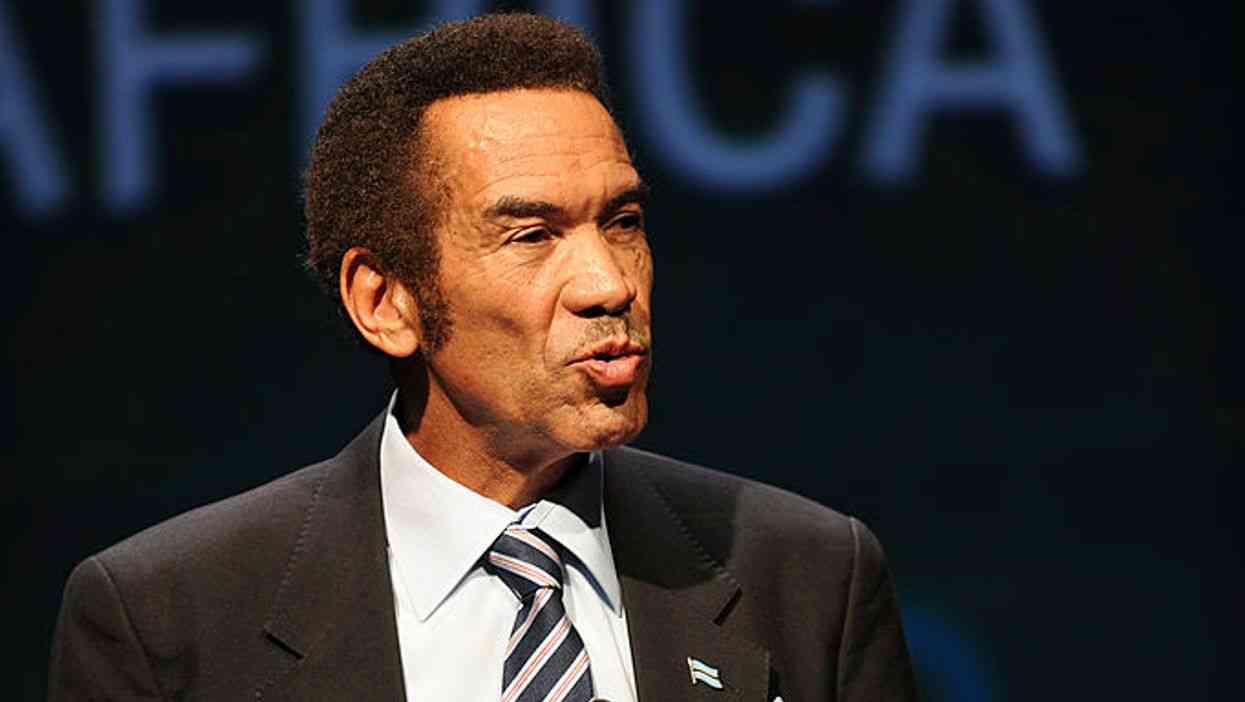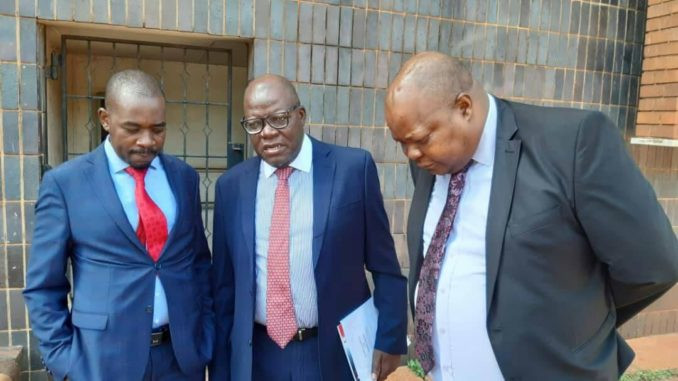
By Alanah Torralba
LAMAO — For Nestor Castro and the other residents of Lamao village, which sits near two coal-fired power plants and an oil refinery, the country’s shift to renewable energy cannot come soon enough.
Not only would it lessen the pollution in their village in the northern Philippines, it could also mean cheaper electricity, Castro said.
“Coal just adds to the pollution and we … have expensive electricity,” he told the Thomson Reuters Foundation.
But the country’s first tax hike on coal in 30 years, introduced in March, may signal a shift in the government’s attitude towards the fossil fuel, environmentalists say.
Today, the Philippines has some of the highest power generation charges in Southeast Asia according to the country’s energy agency.
Renewable energy costs are falling around the globe, but the Philippines, up to now, has shown few signs of moving away from coal, despite ratifying the Paris Agreement to curb climate change and passing laws pushing for a shift to renewable energy.
The 400 percent tax hike on imported coal — part of a wider package of tax reforms passed last year to help fund a major infrastructure project – could change that, environmental experts say.
- Chamisa under fire over US$120K donation
- Mavhunga puts DeMbare into Chibuku quarterfinals
- Pension funds bet on Cabora Bassa oilfields
- Councils defy govt fire tender directive
Keep Reading
“Globally, coal is a sunset industry,” Antonio La Viña, a former environment undersecretary and veteran climate negotiator, told the Thomson Reuters Foundation in a phone interview.
“It is just being propped up by subsidies, and is the only reason it is cheap in the Philippines. The coal tax signals to investors that they should invest in other (energy) sources because coal is no longer the preferred energy source in the country,” he added.
The Philippines imports 75% of its coal, mostly from Indonesia and Australia, according to the Philippines-based Institute for Climate and Sustainable Cities (ICSC).
Some officials say coal is needed to power the nation’s growth, including the government’s centerpiece push to build new roads, airports and mass transit systems.
“We need a continuous and stable supply of electricity, and coal is the most stable source of energy,” said Christine Danao, head of power, energy and electrification at the National Economic Development Authority.
“In terms of fuel, coal is still the cheapest. In the long run, the government will see what (renewable energy) technology will bring,” she said. But the cost of electricity generated from solar and wind has plunged in recent years, and costs will be halved again by 2020 compared to 2017, according to predictions by the Abu Dhabi-based International Renewable Energy Agency.
Solar Philippines, Southeast Asia’s largest solar company, is offering to produce solar electricity for about 6 cents a kilowatt-hour for Meralco — the largest electrical distributor in the country — and other electricity companies, said Koji Bulahan, a spokesman for Solar Philippines.
That is about 40% less than Meralco carges on average for a kilowatt hour of power primarily generated from coal, according to the latest rates published on the company’s website.
A shift to renewable energy has been held back by the country’s major energy companies, said Glenis Balangue, a senior researcher at IBON Foundation, a think tank based in Quezon City.
“If our power generation policy still favours corporations that are only interested in their bottom line, we can never truly push for renewable energy,” Balangue said.
The high upfront costs of many forms of renewable energy —which require installation of expensive equipment, which then produces power at extremely low cost — can be a struggle for investors with short-term aims, or for risk-averse investors anxious about trying something new, experts say.
International investors also have already poured billions of dollars into the Philippines’ coal industry, helping it to thrive, climate activists said.
The Philippines government privatised the country’s power industry in 2001, saying the move would help bring more affordable and reliable electricity. — Thomson Reuters Foundation










